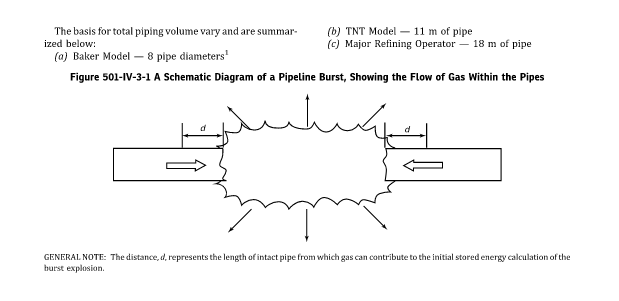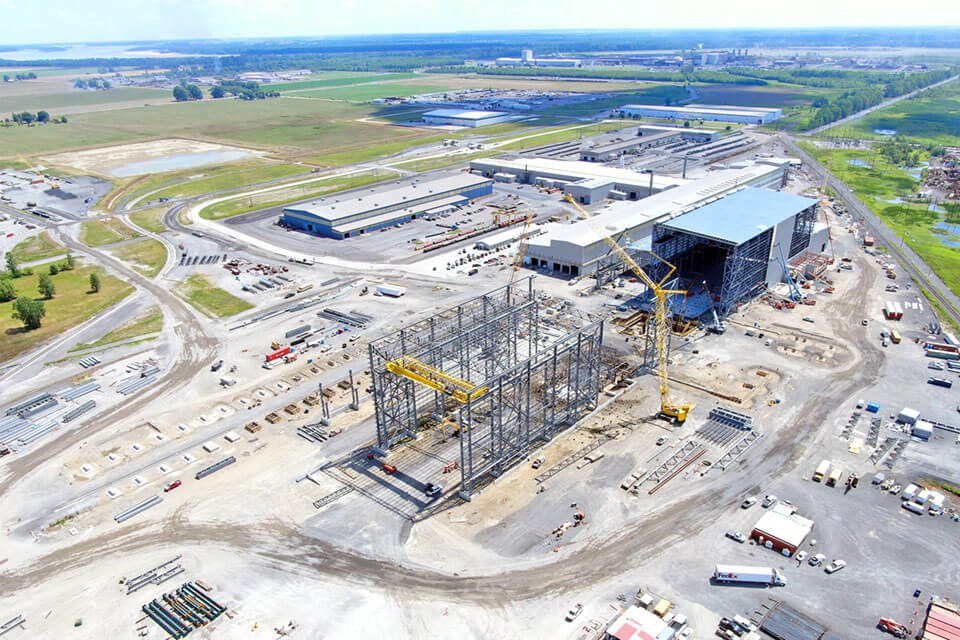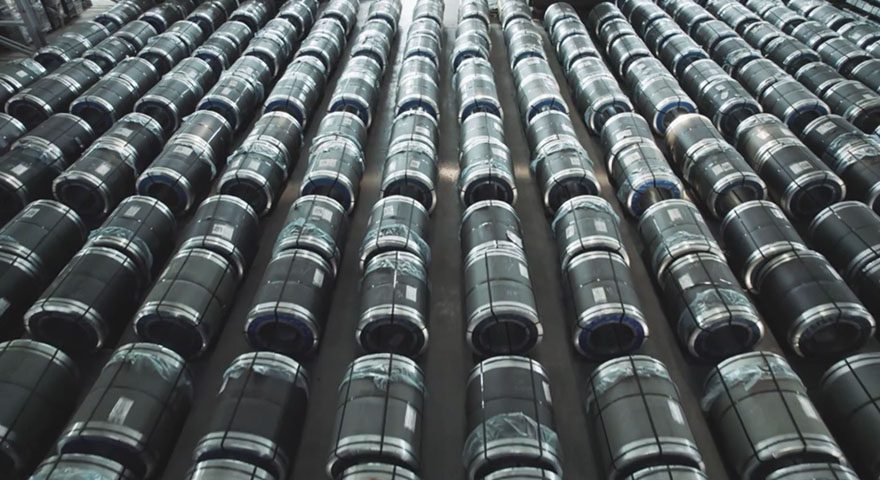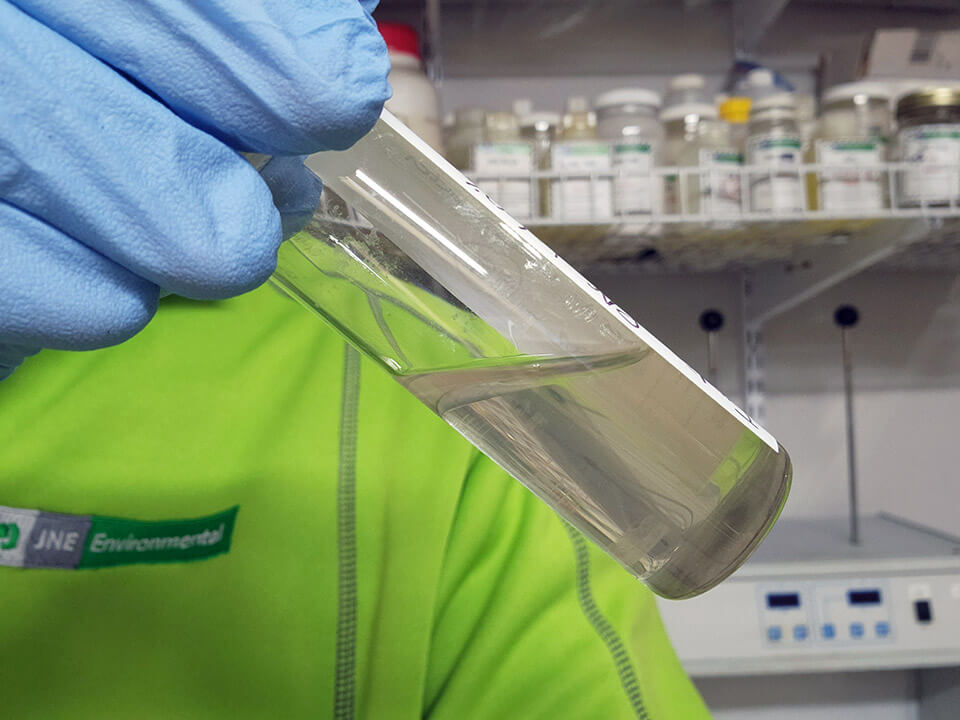Safety Considerations
for Pneumatic Pressure Testing
Safety Considerations for Pneumatic Pressure Testing
Keywords
Share
Summary
Pneumatic pressure testing poses a significant health and safety risk due to the stored energy of the test gas, especially on larger volume piping.
This can affect the operations of clients or construction activities and should be considered when specifying pneumatic pressure tests. Safe distances for personnel are proscribed in ASME PCC-2 Repair of Pressure Equipment and Piping. Minimum safe distance is 30m (100ft) and increases with stored energy and risk of fragments being thrown. The safe distance can be reduced utilizing mitigation techniques included in ASME PCC-2. When specifying a pneumatic pressure test always consider stored energy and look to eliminate the need for the testing or substitute hydrostatic. Reducing the safe distance below 30m (100ft) should always be a last resort.
Codes and Standards
Solution/Best Practice
Part 5 of ASME PCC-2 and the related mandatory appendices are clear on the requirements for pressure testing piping and pressure equipment:
- Hydrostatic tests are preferred and should only be excluded from pressure testing if:
- The equipment, piping, and/or supports, including foundations, cannot adequately support the liquid weight.
- The equipment or piping cannot be dried, and traces of the test liquid may result in contamination of the system or its contents after returning to service.
- The equipment or piping has internal linings that could be damaged by the test medium.
- If a pneumatic pressure test is selected due to hydrostatic exclusion, then the following shall be adhered to:
- A stored energy calculation per Appendix 501-II shall be completed.
- The maximum stored energy should not be greater than 271,000,000J (200,000,000 ft-lb)
- When calculating stored energy, the total volume of a pressure vessel shall be considered.
- For piping systems, a length of 8 pipe diameters may be considered for any single failure analyzed.
- If the stored energy is greater than 271,000,000J the system shall either be broken into smaller test sections, a minimum safe distance per Appendix 502-III calculated and adhered to and/or protective barriers installed.
- The maximum stored energy should not be greater than 271,000,000J (200,000,000 ft-lb)
- A hazard analysis should be performed to evaluate the risks associated with stored energy.
- The minimum safe distance for a pneumatic pressure test regardless of stored energy is 30m (100ft).
- The safe distance cannot be obtained, an alternative can be chosen based on a scaled consequence factor from Appendix 501-III-1 Table 501-III-1-1.
- A stored energy calculation per Appendix 501-II shall be completed.
Figure 1: ASME PCC-2 Excerpt on pipe length contributing to stored energy calculation of the burst expansion.
Whenever a pneumatic pressure test is under consideration, you should stop to consider these requirements and question whether a pneumatic test is truly required. If a pneumatic test is unavoidable:
- Review the stored energy and determine any risk factors associated with proceeding with a pneumatic pressure test.
- Ensure test pressures, procedures and safety requirements are fully documented and in conformance with the appropriate codes and standards.
- Communicate the plan and safety measures to the construction/project team.
References
- Stored energy calculator for common pipe sizes: https://www.piping-world.com/safe-distance-and-stored-energy-calculator-pneumatic-test
















